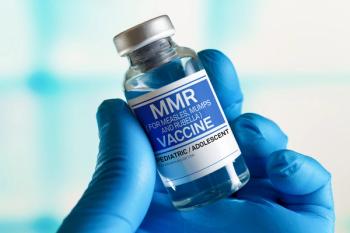
New Evidence for Parkinson Disease Pandemic
Research seeks to uncover the mechanisms underlying the surging rate of Parkinson disease diagnoses.
According to a recent report by the Journal of Parkinson’s Disease, demographic and industrialization-driven factors are main contributable factors in the rising global levels of Parkinson disease (PD), a degenerative neurological disorder that affects movement, muscle control and balance.
Background
PD is the fastest growing neurological disorder in the world, according to the study. In 1855, just 40 years after Dr. James Parkinson first described the condition, approximately 22 people of 15 million in England and Wales died of PD. In 2014, that number reached nearly 5000 to 10,000 individuals of the 65 million in the UK. From 1990 to 2015, the number of people with PD doubled worldwide to more than 6 million, and by 2040, the number is set to double, leading to approximately 12 million cases of PD. Increased life spans and other factors, including declining smoking rates and increasing industrialization are believed to be the causes for the dramatic upsurge, according to the study.
“By 2040, we can truly talk about a pandemic that will result in increased human suffering, as well as rocketing societal and medical costs. How can the community be made aware of this scenario and implement changes in research priorities and care programs to lessen the burden of the upcoming pandemic?” cautioned Patrik Brundin, MD, PhD, Van Andel Research Institute, Grand Rapids, MI, editor-in-chief of the Journal of Parkinson’s Disease.
The Risks of PD Today
According to the study, the world’s rapidly growing number and proportion of individuals over 65 years of age correlates to the increasing number of PD cases globally. And since the global life expectancy has increased by 6 years over the last 2 decades, there is a greater likelihood of an increased population of those with advanced PD who are more difficult to treat and have limited access to care.
Other risk factors include smoking rates, as the risk of PD decreases in smokers by approximately 40%, and by—products of industrialization, such as specific pesticides, solvents, and heavy-metals.
In order to promote activism and education, the authors of the original article, Patrik Brundin, MD, PhD, Ray Dorsey, MD, and Bastiaan R. Bloem, MD, PhD, propose that the Parkinson’s community form a “PACT” to prevent, advocate for, care, and treat the disease through understanding the root causes (environmental, genetic, and biological), expanding new care models that seek to bring expert care to all, and developing new highly effective therapies. The most effective therapy of PD, levodopa, is now 50 years old.
“The PD pandemic is preventable, not inevitable,” the authors concluded.
Newsletter
Stay informed on drug updates, treatment guidelines, and pharmacy practice trends—subscribe to Pharmacy Times for weekly clinical insights.














































































































































































































